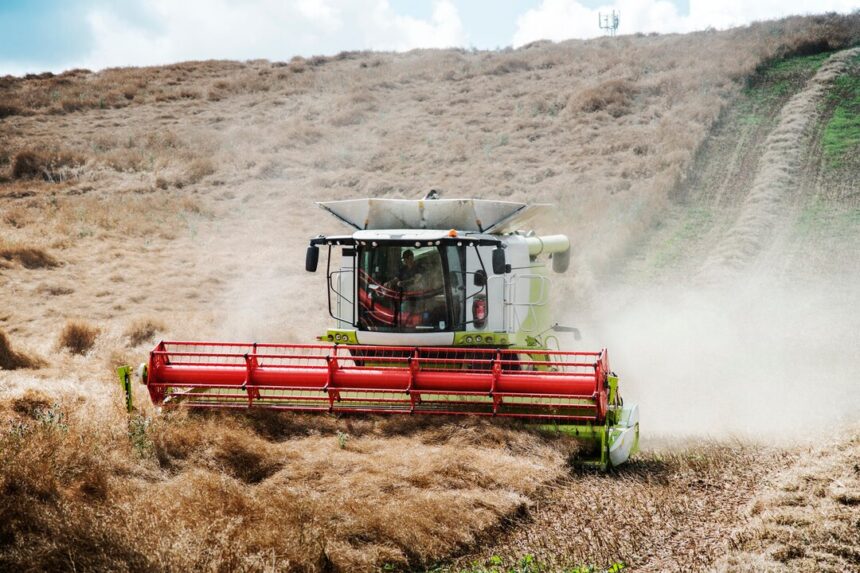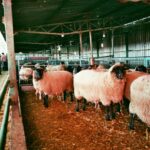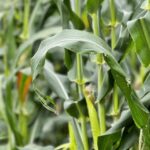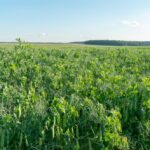Choosing the right harvesting equipment is essential for optimizing productivity, reducing crop losses, and ensuring the quality of harvested produce. Different crops have unique characteristics that dictate the type of machinery and tools required for an efficient harvest. Understanding these factors can help farmers make informed decisions that improve both efficiency and profitability.
For grains and cereals such as wheat, rice, and corn, combine harvesters are commonly used. These versatile machines are designed to perform three functions: reaping, threshing, and winnowing. When selecting a combine harvester, factors such as field size, crop type, and terrain should be considered. For small to medium-sized farms, a compact combine harvester may be sufficient, while larger operations might require high-capacity models with advanced features like GPS guidance and yield monitoring systems.
Root crops such as potatoes, carrots, and beets require specialized harvesting equipment to handle their delicate nature. Potato harvesters, for example, are designed to dig up the tubers while minimizing damage. They often include features like conveyor belts to separate soil and debris from the crop. For small-scale operations, manual or semi-automated tools can be an economical choice, but for larger farms, fully mechanized harvesters are more efficient.
Fruits and vegetables demand a more delicate approach to maintain their quality and marketability. Crops like tomatoes, strawberries, and apples are often hand-picked to avoid bruising, but mechanized options are becoming increasingly popular. Tree shakers and conveyor-based systems are used for fruits like apples and cherries, while vacuum-based harvesters are gaining traction for leafy greens. Choosing the right equipment in this category depends on the crop’s sensitivity, labor availability, and market requirements.
For forage crops such as hay, silage, and alfalfa, equipment like mowers, rakes, balers, and forage harvesters is necessary. These tools are designed to cut, collect, and package the crop efficiently. The choice between square or round balers often depends on the intended use of the forage and storage constraints. Additionally, self-propelled forage harvesters are ideal for large-scale operations, while smaller farms may rely on tractor-mounted models.
Specialty crops like olives, grapes, and nuts require unique harvesting solutions. For olives, mechanized tree shakers or combing devices are often used to detach the fruit without damaging the trees. Grape harvesters are designed to pick grapes efficiently while preserving the quality of the fruit for winemaking. Similarly, nut harvesters are equipped with features to shake, collect, and clean the nuts during the harvesting process.
The terrain and environmental conditions also play a crucial role in choosing harvesting equipment. Steep or uneven fields may require machines with better traction and stability, while wet conditions might necessitate lightweight equipment to minimize soil compaction. Additionally, farmers should consider the availability of spare parts and after-sales service when making a purchase.
Investing in the right harvesting equipment is not just about maximizing yield; it’s also about improving operational efficiency and sustainability. Modern machines with precision agriculture technologies can help reduce fuel consumption, minimize waste, and optimize labor usage. By carefully evaluating the specific needs of their crops and farms, farmers can ensure they choose equipment that delivers the best results.
Join 'Farmers Mag' WhatsApp Channel
Get the latest Farming news and tips delivered straight to your WhatsApp
CLICK HERE TO JOIN






